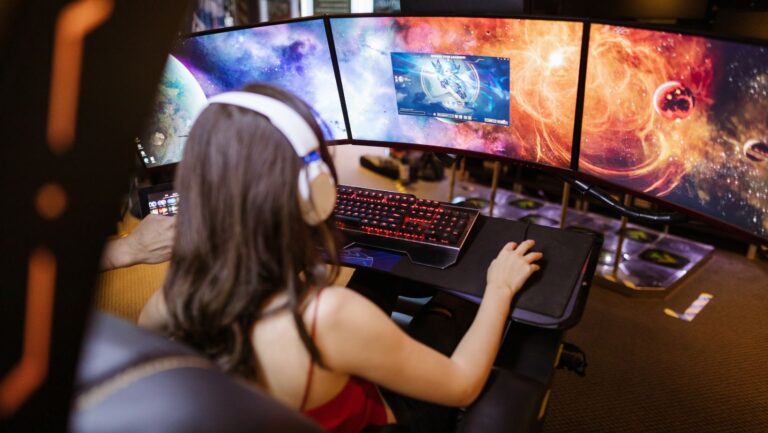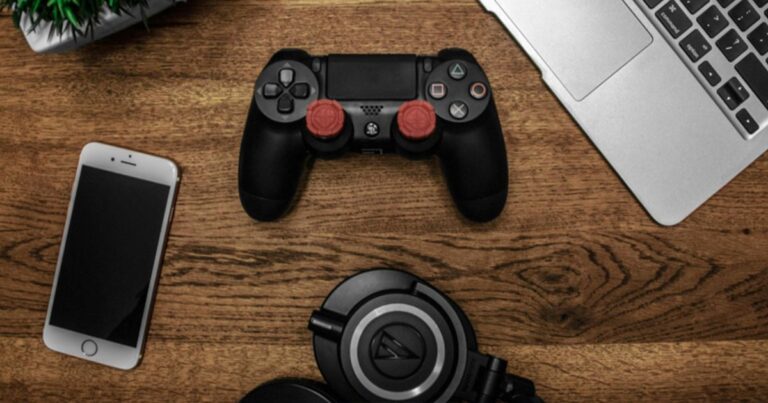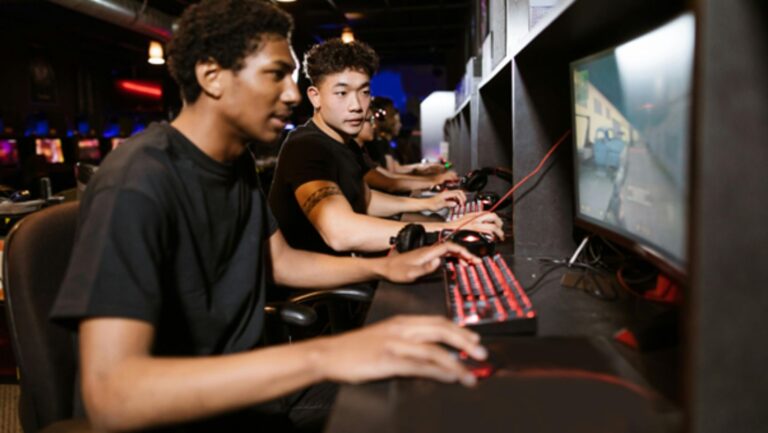Over the past decade, e-sports has evolved from a niche hobby into a global mainstream phenomenon. With millions of fans and players worldwide, featuring organized tournaments, professional teams, and substantial prize pools, it’s become a major entertainment industry. Players are now treated like professional athletes, with some, like Faker, becoming household names. As competition intensifies, players and teams leverage advanced technology, data analytics, proxy providers, and rigorous training regimens to gain an edge.
These strategies include apparent tools like high-end PCs, advanced gaming peripherals, and high-speed internet connections, as well as less obvious ones, such as using proxy providers to manage multiple gaming accounts and access region-locked content. This guide explores the best tools and techniques to help you excel in competitive e-sports, ensuring you have everything you need to achieve peak performance in the fast-paced world of professional gaming.
Optimizing Your Gaming Setup
The most obvious and immediate increase in player’s performance is optimizing their gaming setup. This involves high-performance gaming PCs with the latest CPU, GPU, plenty of RAM, and SSD storage. The next biggest step for optimization is a high end-monitor. It’s recommended to go for at least a 144Hz refresh rate to reduce motion blur. For FPS games especially, a higher refresh rate means you can see your opponent just a split second sooner. With how fast a player’s reaction time is at the highest levels, this advantage can be the difference between winning or losing. A high-end monitor should also have a 1 ms input lag and a resolution of at least 1080p. Some gamers choose to move up to 1440p (2k) as it offers enhanced visuals while keeping high refresh rates and FPS, however, 4k monitors still rarely see use due to their high cost to performance.

Optimal gaming performance doesn’t end with hardware. Greatly improved performance can be achieved by tweaking game settings. Some professional gamers, for example, swear by playing on the lowest graphical settings, despite having a high-end machine, to gain as much FPS as possible.
Improving Latency
As well as FPS, latency is crucial for a smooth gaming experience. The biggest improvements in this area come from upgrading to a faster and more reliable internet connection and swapping to a wired connection from Wi-Fi if you aren’t already doing that. Additionally, playing on servers that are geographically closer to your location offers huge latency improvements from the reduced physical distance data has to travel.
Internet service providers can also implement settings to prioritize gaming traffic over other data types, ensuring lower latency during gameplay. Another improvement to connectivity can be made by using services from a reputable proxy provider. These can route your traffic more efficiently, reducing latency. They can also help you connect to servers that are otherwise inaccessible due to geographic restrictions, allowing you to play on a server that is more favorable to your latency. As a side benefit, proxies protect you against DDoS attacks and doxing, guaranteeing a stable and secure connection during critical matches.
Peripherals
The next step to optimizing your gaming setup is peripherals. In this area, preference dominates. There are many keyboard options, with different feeling switches, form factors, and layouts. Most high-end gaming keyboards perform well, so it’s hard to distinguish a real advantage. Therefore, we recommend going for one that’s the most comfortable for you.
Mice are also preference-dependent; however, some players like different types of mice for different games. Recently, there has been a move to more lightweight wireless mice, especially among FPS players, for their ability to make targeting more precise. For games like MOBA and MMOs, some players prefer to use a mouse with more programmable buttons.
Better sound perception provides another competitive edge. Sound can reveal enemy positions even when you can’t see them, making a headset with surround sound capabilities essential. Different headsets excel in different areas, such as bass sounds or directional audio cues, making it crucial to choose one that fits your gaming needs. Additionally, a headset with a good microphone and noise-canceling capabilities is recommended for team communication. Comfort and lightweight design are also important, as you will likely wear the headset for extended periods.
Improving As a Player
The most significant competitive edge players can gain is improving. Of course, playing a lot is vital, but everyone has the same 24 hours, so you can’t just get better than your competition by merely practicing longer. That’s why players and teams employ various strategies that help them identify areas of improvement and make their practice more efficient.

Data analytics is a great tool players employ to identify their gameplay weaknesses. Tools like Mobalytics or OP.GG for League of Legends offers insights into various performance metrics. Similar tools exist for other games, like Dotabuff for Dota 2 and Tracker.gg for games like Fortnite and Apex Legends. For FPS games, tools like Aim Lab or Kovaak’s FPS Aim Trainer help players improve their aiming skills.
Reviewing replays of matches provides valuable insights, especially for games that focus more on a macro level. Reviewing games can identify if strategies used were faulty or went wrong because of poor execution.
Some players use multiple accounts (smurf) to practice different strategies without affecting their main account’s rank. Multi-accounting is also employed by players who want to experience different game strategies used in various regions. In cases where access is blocked due to geographical locations, gamers can turn to proxy providers and have their IP address changed to that of a local one.
Conclusion
Excelling in competitive e-sports requires a comprehensive approach that combines optimized hardware, peripherals, connectivity, and continuous skill improvement. Leveraging advanced technology, data analytics, and strategic practices like multi-accounting and using proxy providers can provide the edge needed to succeed in this highly competitive arena. With dedication and the right tools, you can achieve peak performance and thrive in the fast-paced world of professional gaming.




